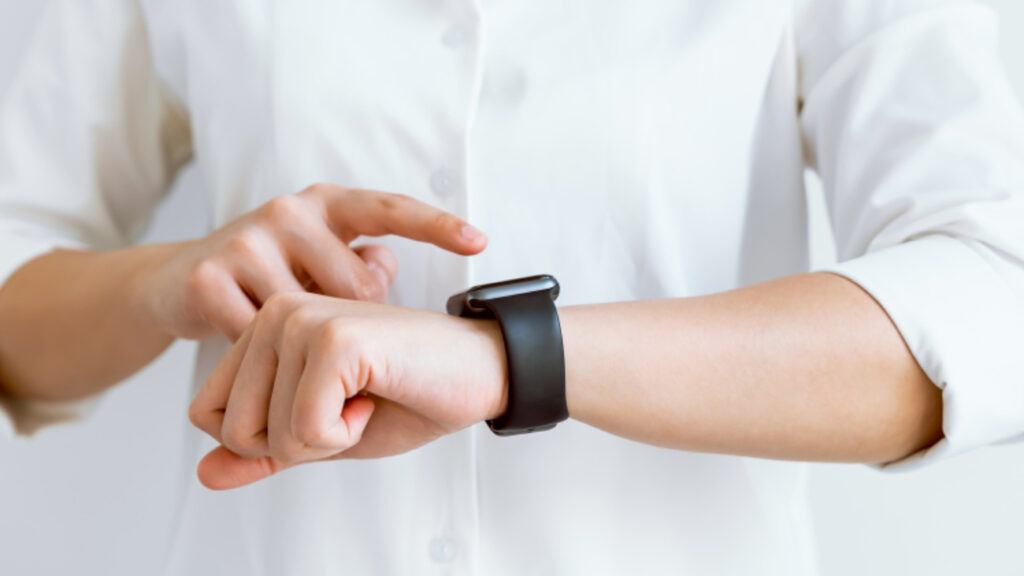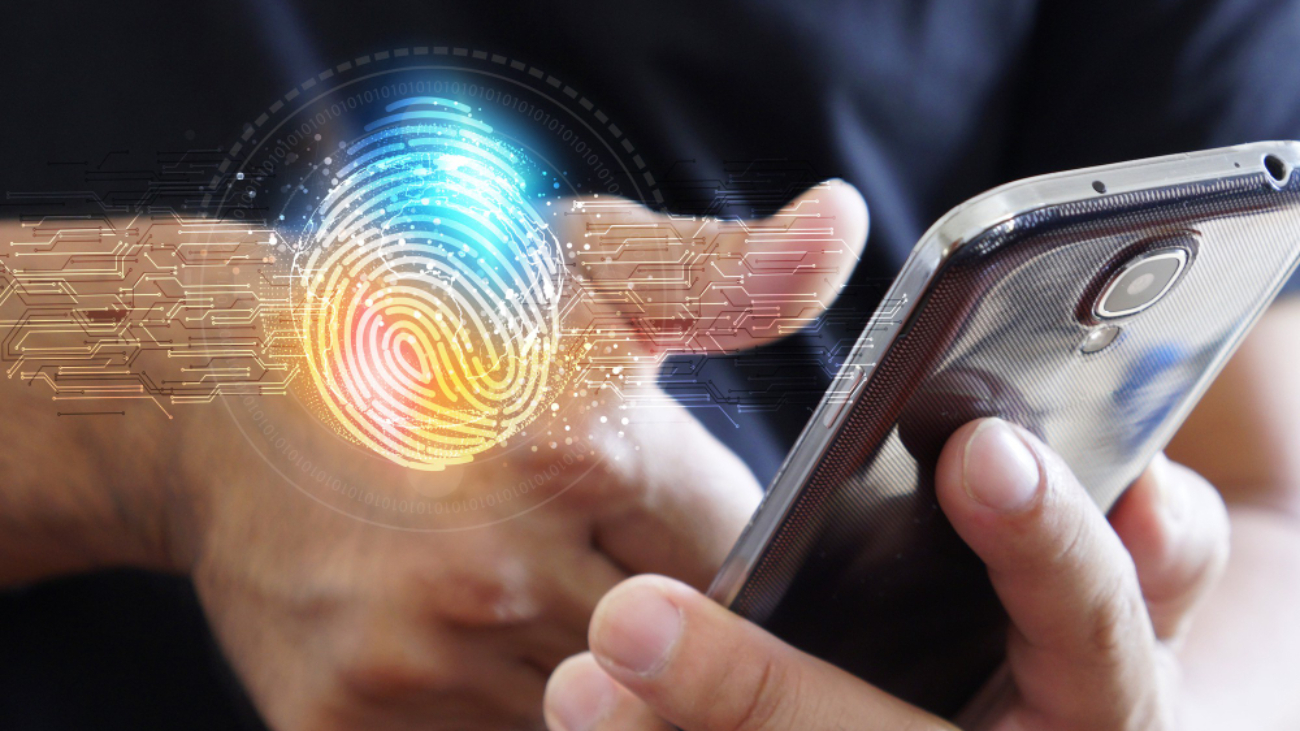Bahaa Abdul Hadi is an Identity Management expert and regularly shares his experiences with his audience through his blogs.
You might have heard the term biometrics earlier. Yes, you have guessed it right. It is the authentication or identification of individuals with the help of their biological features. Examples include the shape of the face, iris, fingerprints, etc. Even, the term biometrics is used for referring to the use of biological data to provide details about the health of a person. For instance, you might have heard the term heart rate. It is a biometric feature that offers details about the functioning of your heart. In the same way, other biometric traits can offer health data that you can use for keeping an eye on the health of a person.
Now, you have an idea of what are biometrics. But, you might wonder what are wearable biometrics. They are devices that you can wear with biometric features. These wearable devices can capture your biometric data like your heart rate, your sleep data, how long you work out and other details related to your health.
Wearable Biometrics – Applications:
Nowadays, most of us use fitness bands. These are biometric devices. The other biometric wearable devices include wristbands, smartwatches, lapel badges, smart glasses, smart clothing and finger covers or gloves. Most biometric devices work on the basis of the pulse rate in your wrist. Lapel badges are commonly used by law enforcement agencies. Smart glasses have not gained that much popularity in many world nations. You can gain better knowledge of the different applications of wearable biometrics here:
Fitness:
Fitness is the most popular application of wearable biometrics. Nowadays, many fitness freaks own fitness trackers in the form of watches or wristbands. These bands/watches can help with measuring the number of steps the wearer takes in a day. It can even measure the number of calories he/she burns and many other health parameters. These appliances play a major role these days in keeping track of fitness activities.
Advanced Healthcare:
Smartwatches are getting smarter these days. This wearable biometric device can measure the key health parameters of the person wearing it. For instance, it can measure oxygen saturation level, blood pressure, body temperature and heart rate. In the case of any variations in these vital records, these watches can send notifications as well.
Not only watches but in the healthcare domain, biometrics can be used in sensors. These sensors can be attached to clothes and rings. They can track the health of a person wearing them. For elderly people and those suffering from health conditions, wearable biometrics are very helpful. They can send an immediate notification to the healthcare provider or close friend or relative of the wearer in the case of any variations in BP, heart rate, oxygen saturation, etc.
Wearable biometrics are used in legal applications as well. Law enforcement agencies are benefiting from face recognition feature of these metrics.
Thank you for your interest in Bahaa Abdul Hadi blogs. For more information, please visit www.bahaaabdulhadi.com







